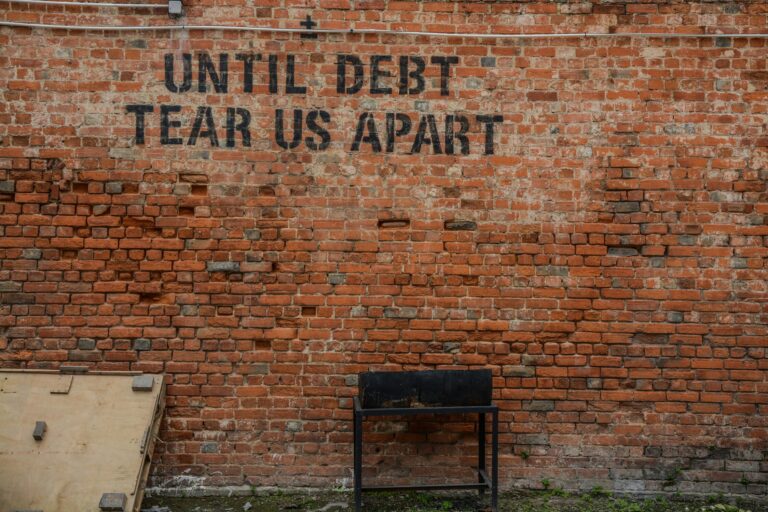Plenty of time, planning, and resources are invested in construction projects due to the various risks that could arise during a given job. While safety is the primary concern, businesses in the construction industry must be aware of other hazards present and take sufficient steps to mitigate construction risks to ensure safety and enhance productivity. Let us discuss the construction risks businesses can encounter and the best practices for handling them.
Common construction project risks
Generally, construction risk refers to anything that can delay the project or create further costs. Businesses must perform risk assessments to understand the threats and where they may occur to safeguard against these hazards and ensure the project remains unaffected.
1. Safety risk

Employees are a construction business’s most valuable resource, as nothing can be accomplished without them. However, the presence of heavy equipment and crews working in precarious situations can threaten worker safety. As such, a safety risk assessment must be carried out before every project to identify the hazards to which crews can fall prey and devise a plan to ensure employee safety.
2. Financial risk

Without money, a construction project will come to a standstill – no one gets paid, and equipment cannot be rented or bought. Therefore, any factors interrupting cash flow must be identified beforehand. Examples include cost increases for materials, competition in the market, and more. Being aware of these financial risks can help ensure you stay within budget.
3. Legal risk

Businesses overseeing construction projects face more than time, cost, and scope limitations. Potential legal constraints and rising disputes can send these construction projects off track. For instance, non-compliance with federal regulations can lead to fines, penalties, and reputational damage.
Moreover, examples of ambiguities and discrepancies in project documentation or contracts can result in confusion, miscommunication, errors, or disputes, leading to delays in obtaining the relevant permits, cost overruns, legal action over contractual obligations and payment terms, or damage to business relationships.
To navigate legal risk, stakeholders must first understand the regulatory requirements and ensure all regulations are met before starting the project. That includes obtaining the necessary permits and relevant approvals from the appropriate authorities, as well as adhering to all safety and environmental guidelines and building code requirements.
Meanwhile, those in the construction industry should consider contractor all risk insurance to safeguard their businesses. As the name implies, these policies encompass all risks and are worded to provide peace of mind around the numerous risks construction companies face. That includes covers for latent defects, third-party liability, such as accidents or property damage, and professional fees, including legal costs.
4. Project risk

Project risks encompass hazards associated with managing any project. In the case of the construction industry, these include poor resource management, missing deadlines, and falling behind schedule. Inadequate project management can expose businesses to further financial and legal risks. So, project managers must be thorough in their risk assessments and be aware of difficulties that can throw the project off schedule.
5. Environmental risk

Environmental risks refer to earthquakes, floods, and other natural disasters that cause the construction site to be inaccessible. Construction insurance is essential to combat such hazards, as these ‘acts of god’ can be potentially destructive for a construction project, resulting in lengthy and costly delays.
Construction risk management strategies
Fortunately, there are various ways to manage risks and ensure your projects are completed on time and within budget.
1. Identify risks early
A construction project faces numerous risks throughout its entire life cycle. Therefore, risk assessment must begin in the initial development stage. Consider including various construction personnel, subcontractors, and supervisors in the risk identification process, as their unique perspectives may offer insights into other hazard sources you may have yet to consider.
2. Devise a comprehensive risk management plan
After identifying and prioritising the risks present, you require a comprehensive risk management strategy to mitigate them. Consult your team while drafting the plan, and continue updating it throughout the project as you monitor for new threats and reassess your existing risks. Doing so will help increase the overall efficiency of your plan.
3. Leverage available insurance solutions
Construction insurance provides a safety net for construction projects, safeguarding you against unforeseen events. Collaborate with a reliable insurance broker who can adequately address potential pitfalls. Share your concerns with your broker so that they can tailor insurance coverage to align with project-specific risks, providing you with peace of mind.
Adequate construction risk management requires a high level of communication and collaboration with all parties involved, including your insurance broker. Keeping your insurance broker on the same page and working together can help you identify and manage risks before they become an issue, ensuring seamless project completion.
At Acclaim Insurance Brokers, we provide integrated construction insurance across both public and private sectors in Singapore and across the region. Through our global network, we tap into global insurance markets for competitive solutions that fit your requirements. Contact us today to schedule an appointment with our insurance brokers to discuss your project needs.











